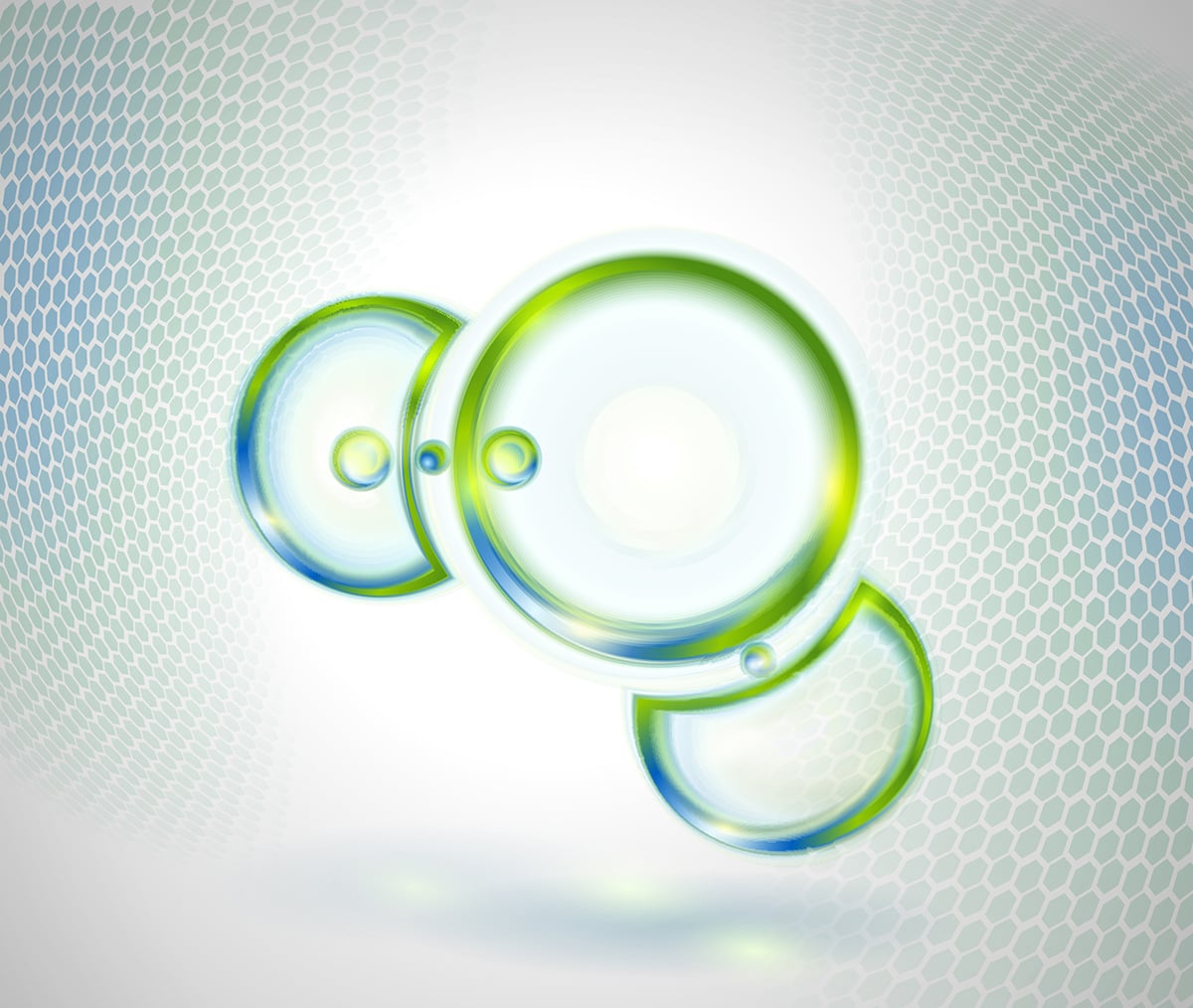
Under certain conditions, light can cause water to evaporate directly, without heating it first. The process works by cleaving water clusters from the water-air interface, and researchers at the Massachusetts Institute of Technology (MIT) in the US have dubbed it the “photomolecular effect” in analogy with the well-known photoelectric effect.
“The conventional wisdom is that evaporation requires heat, but our work shows that another evaporation mechanism exists,” explains MIT nanotechnologist and mechanical engineer Gang Chen, who led the research. Chen adds that the new effect may be more efficient than heat and might therefore be useful in solar desalination systems and other technologies that use light to evaporate water.
An unexpected turn
Chen and colleagues have been studying evaporation due to interactions between sunlight and material surfaces since 2014. Because water does not, on its own, absorb much visible light, their early studies involved dispersing a black, porous, light-absorbing material in their container of water to aid the conversion of sunlight into heat.
“We had assumed that it was a thermal evaporation process: sunlight is absorbed and converted into heat, which subsequently evaporates water,” Chen says.
However, things took an unexpected turn in 2018 when a separate team of researchers led by Guihua Yu at the University of Texas at Austin, US, repeated this experiment with a black hydrogel (a material that holds water). They found that the material’s thermal evaporation rate was twice as fast as it should have been, given the total amount of heat energy the sample received and assuming the established mechanism was the only one at work.
In 2019, Chen asked a new postdoctoral researcher in his group, Yaodong Tu, to repeat Yu’s experiments. At first, the MIT researchers struggled to make working samples. Eventually, with help from members of Yu’s group, they succeeded in confirming the UT Austin team’s results. However, they were not convinced by the team’s suggested explanation, which was that water in the black hydrogel might have a much lower latent heat than ordinary water.
“I suspected that there were photon effects at play, so we employed light-emitting diodes (LEDs) to study how the wavelength of light used to illuminate the samples affected the rate at which water evaporated,” Chen says. “We indeed observed a wavelength dependence and strange temperature distributions in air that imply some photon effects, but we could not come up with a reasonable physical picture to explain these results.”
A helpful analogy
The MIT researchers spent a year and a half studying the possibility of latent heat reduction, but their experiments yielded negative results. Along the way, though, they learned that a few other research groups were also reporting super-thermal evaporation with different materials, including inorganic ones.
“Mid-2021, I realized that the only thing in common between all these experiments was the increased surface area between the water and air interface,” Chen tells Physics World. “I therefore asked myself if a surface effect was responsible and this is where the photoelectric analogy came in.”
As Albert Einstein explained in 1905, the photoelectric effect occurs when light shining on a material contains enough (quantized) energy to eject an electron from the material. By analogy, and drawing on his understanding of Maxwell’s equations and the polar nature of water molecules, Chen rationalized that the impetus behind his team’s observations might involve a quadrupole force acting on a permanent dipole at the air-water interface.
Although Chen’s theory was still at the “handwaving” stage, it nevertheless guided the MIT researchers in redesigning their experiments. Success came when they were able to show that while neither pure water nor the hydrogels they studied absorb visible light, partially wetted hydrogels do.
The 2019 experiments explained
“Subsequent experiments on evaporation from a pure PVA hydrogel, a hydrogel with black absorbers and a clean hydrogel coated on black carbon paper all checked out,” Chen says. “With the idea that visible light can cleave off water molecular clusters, we were also able to explain the 2019 experiments.”
In photomolecular processes, a photon cleaves off a water molecular cluster from the water-air interface. Compared to thermal evaporation, which evaporates water molecules one-by-one, and therefore needs energy to break the bonds between water molecules, photomolecular evaporation is thus more efficient at evaporating than heat alone.

Droplets bounce off each other in new triple Leidenfrost effect
Chen believes this new mechanism, which he and his colleagues describe in PNAS, could be at play in our daily lives. “It might be important, for example, for understanding the Earth’s water cycle, global warming, and plant growth,” he says. “The discovery could also lead to new engineering applications: we have started to look into desalination and wastewater treatment, but drying could be another area in which this mechanism could be exploited.” Because drying consumes around 20% of energy used in industrial sectors – an amount Chen calls “staggering” – an increase in energy efficiency could have a significant impact.
Looking forward, the researchers say they would like to bolster the evidence in favour of their proposed mechanism and begin to quantify the effect. “We have been doing lots of experiments on single water-air interfaces to this end and also performing cloud experiments to show that this mechanism might also exist in the atmospheric water cycle,” Chen reveals. “The effect might well exist in other materials aside hydrogels and we hope our work will attract the attention of other researchers who will want to study it further.”
